I received a free online access from SNAP! Learning and was compensated for my time. All opinions expressed are my own.
What is reading comprehension? Why is it important? I know I’ve said it before, but it’s my favorite way to put it. Reading equals thinking. In order to truly read, a reader must also be thinking about the meaning of the text. If she is not, she is simply word calling (or “barking the words”, as I like to say). So what exactly is the reader supposed to be thinking about? That’s what we will explore today. And as we explore, I want to show you how our latest experience of SNAP! Learning meets these comprehension goals for our readers.
5 Simple Ways to Improve Reading Comprehension
1. Think about and Build their Background Knowledge
For children who struggle as readers (and even for those who don’t), comprehension is a big deal. And it starts from the very beginning. Before kids even open the book, we need to encourage them to think about what they are going to read. We can ask them to read the title or look at the cover, maybe even the Table of Contents. What is the topic? What do they already know about the topic? What do they think will happen in the story, based off what they know?
Using background knowledge is also vital as the child reads the text. What would I do in that situation? Has that happened to me before? I remember the time that… These thought patterns rely on what the child already knows to help them comprehend and make sense of the text.
Sometimes readers don’t have enough background knowledge (knowledge about the subject). In this case, their background knowledge needs to be built up and supported. Why is this? If the child has little to no background knowledge, it makes it very difficult to predict what will happen next or connect with the text in meaningful ways, interfering with the many comprehension strategies we want readers to use. One of the features of SNAP! Learning that I noticed right away as my 3rd grader read was the way that they integrate building background knowledge, both before and during reading through engaging photographs, charts, maps, illustrations and videos.
2. Introduce Vocabulary
Introducing vocabulary goes hand-in-hand with building background knowledge, as often kids who do not have the background knowledge about a particular subject also do not have the vocabulary that accompanies that knowledge.
A child who has never been to a concert or symphony would probably struggle with words such as orchestra pit or balcony in a text.
SNAP! Learning introduces vocabulary terms in such a visual and hands-on way with each of their texts, providing understandable definitions and examples.
3. Build Fluency
How fluently a child can read the text also affects comprehension. If a text is too hard (especially if the child has little to no background knowledge), fluency is going to be compromised greatly. Most young readers have a hard time focusing on both decoding all the words and thinking about what they are reading at the same time. This pressure is relieved quite a bit if we pick “just right” books for our readers, books that they can both read and comprehend with support from us.
Fluency can be built and practiced by asking kids to re-read texts. SNAP! Learning has re-reading built in to their program. Each text has three lessons built it where students are asked often asked to re-read the same texts. Within each reading, students are taken a bit deeper with comprehension as well.
4. Read Different Kinds of Texts
In the many books and articles I’ve read about struggling readers (and through my own experiences), I’ve noticed one trend. Struggling readers tend to shy away from non-fiction texts. Maybe it’s because non-fiction is typically more difficult because of its features and structure, but studies show that struggling readers do not read near as much non-fiction as they should.
SNAP! Learning has a great selection of non-fiction texts across genres and subjects, mostly beginning in the 2nd grade. Readers will find illustrations, extra fun facts, photographs, and videos to support their understanding of the text.
5. Provide Meaningful After Reading Activities
After reading, we want kids to be able to do more than remember and recall what they’ve read. We want them to be able to explain their thinking about the text. Asking them meaningful questions and picking activities that encourage them to be critical thinkers is absolutely key.
One example is using graphic organizers. Graphic organizers help readers organize the information in their head in a thoughtful way that gets them to not only remember, but to THINK about and connect to what they’ve read.
More About SNAP! Learning
- SNAP! Learning’s reading program is computer based. It can be used via the web or downloaded onto your computer or tablet (we used our iPad).
- You will find reading texts and activities for Pre-K through sixth grades. The level of each text is clearly marked so that you can find the level that’s just right for your reader. I was also excited to hear that they will be adding MORE texts to each level soon!
- SNAP! is a great fit for both classroom teachers AND homeschooling parents.
- Built into the program is a data collection area where you can view the progress of your child.
- Still not sure? YOU CAN GIVE IT A TRY FOR FREE!
- You can also connect with SNAP! Learning via Facebook, Twitter, LinkedIn and Pinterest!
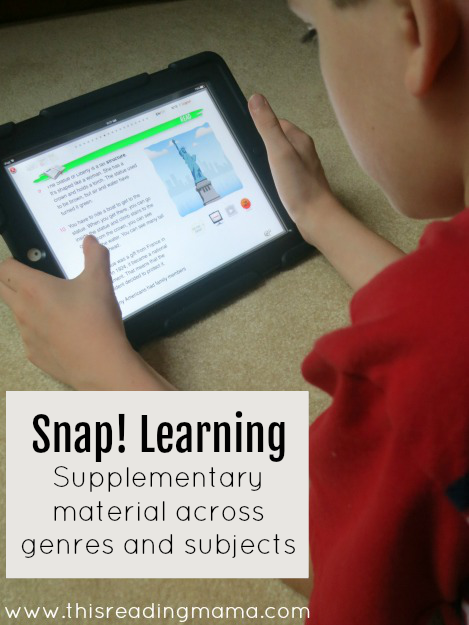
If you have a child who struggles with reading comprehension (even if he doesn’t), I would definitely recommend SNAP! Learning as a supplementary tool to what you’re already using. Their program does such an amazing job of building reading comprehension of our readers before, during and after reading.
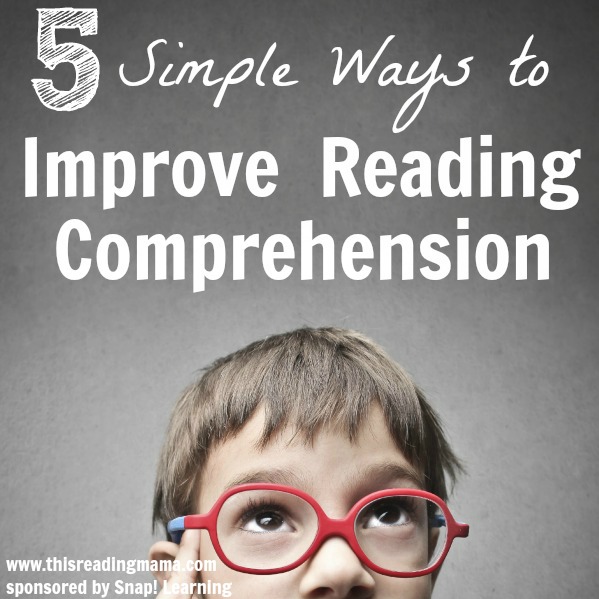
~Becky
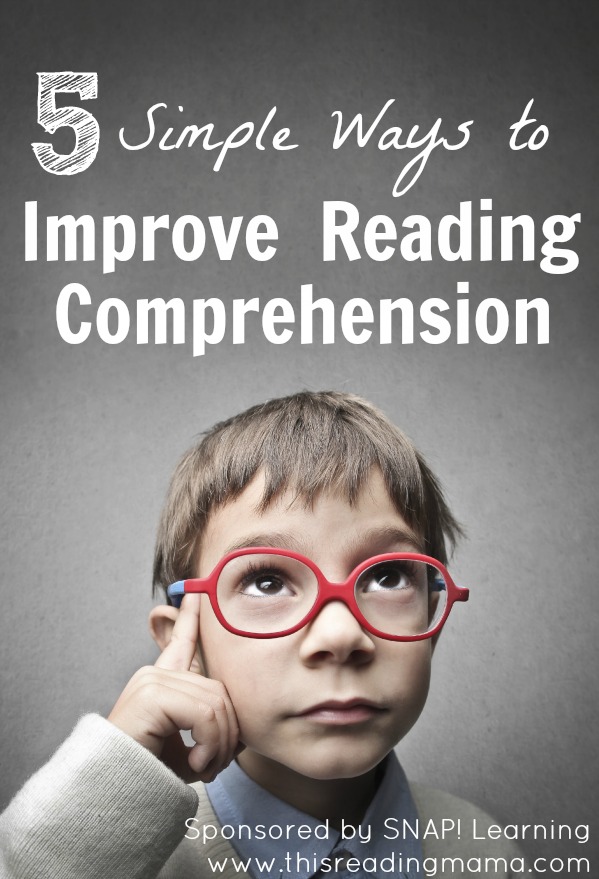
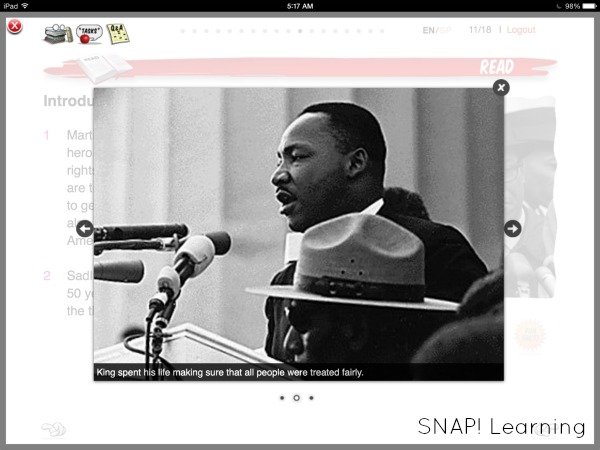
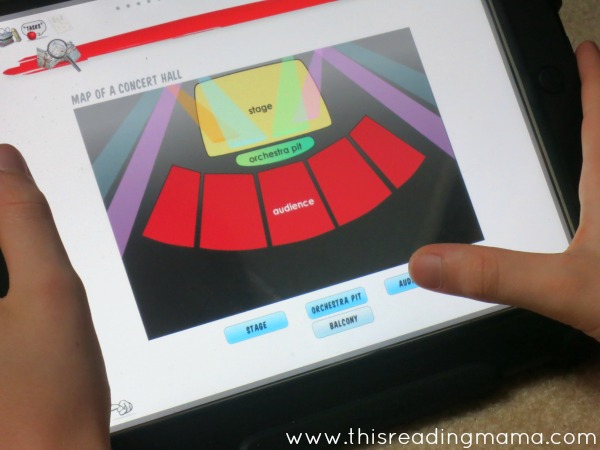
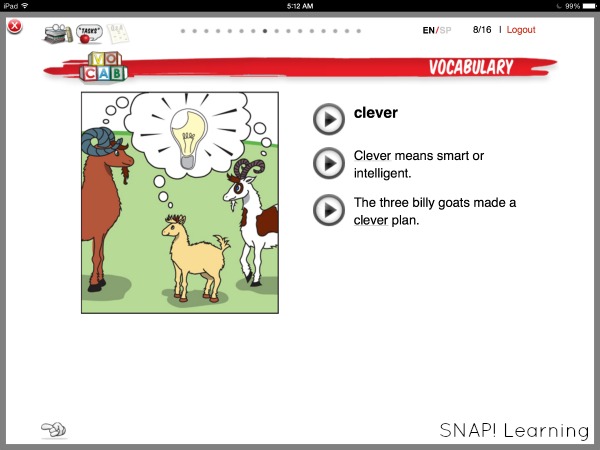


Looks like a great program!
I think it is. It is especially good for struggling readers.
This sounds wonderful I just subscribed to their free trail. Both my boys will enjoy this 🙂 thanks for the awesome review
You’re welcome. 🙂
Great tips, heading over to trial SNAP now!
Awesome.
What a fun program! I’d never heard of it before – thanks for sharing it!
You’re welcome.
Sounds like a great program – we’ll at least check out the free trial 🙂
As I’m familiar with SNAP! myself, I think you nailed it with this review. That’s pretty clear by the number of bloggers who appreciated your post. ;). I love how you incorporated 5 ways to improve comprehension. I think SNAP! promotes comprehension exceptionally well for a computer based program.
Great tips. Very helpful.
Not that we need it, but it sounds like a great program. Thanks for sharing and co-hosting After School Link Up
Oh my goodness! My oldest (entering 3rd grade) is having the hardest time with reading comprehension. I have tried so much, but it just never clicks. I’m going to try these out and check out SNAP! right now! Thank you. I’m in love with your blog!!
Thanks for the recommendation. On the Snap homepage there are two products: 1) Close Reading Program 2) Structured Guided Reading Program…which one is the one you reviewed? Thanks in advance
It was this one–> http://homeschool.snaplearning.co/guided_reading
I’m not sure if I’ve posted before. I lurk all the time. I am a bibilophile in a family of bibilophiles. I truly love all of your posts. This one resonated, as readers have been asking me about reading comprehension of late. I will be sharing with my readers! Thank you 🙂
I must see this reading program. Like everybody else, I’m heading over for the trial. Thanks.
hi i am in 6th grade and the year is almost over so i hope SNAP! works because i want to finish strong. and thanks for that helpful info helps a lot! 🙂
How can I get the snap programm in my country Jamaica
I’m not certain, but you could contact them and ask here -> https://www.snaplearning.co/contact
madam can i use this programme for reading comprehension to indian students
I’m not certain about that. You can contact Snap! Learning to see how they can help.